Archives
- 2025-12
- 2025-11
- 2025-10
- 2025-09
- 2025-04
- 2025-03
- 2025-02
- 2025-01
- 2024-12
- 2024-11
- 2024-10
- 2024-09
- 2024-08
- 2024-07
- 2024-06
- 2024-05
- 2024-04
- 2024-03
- 2024-02
- 2024-01
- 2023-12
- 2023-11
- 2023-10
- 2023-09
- 2023-08
- 2023-07
- 2023-06
- 2023-05
- 2023-04
- 2023-03
- 2023-02
- 2023-01
- 2022-12
- 2022-11
- 2022-10
- 2022-09
- 2022-08
- 2022-07
- 2022-06
- 2022-05
- 2022-04
- 2022-03
- 2022-02
- 2022-01
- 2021-12
- 2021-11
- 2021-10
- 2021-09
- 2021-08
- 2021-07
- 2021-06
- 2021-05
- 2021-04
- 2021-03
- 2021-02
- 2021-01
- 2020-12
- 2020-11
- 2020-10
- 2020-09
- 2020-08
- 2020-07
- 2020-06
- 2020-05
- 2020-04
- 2020-03
- 2020-02
- 2020-01
- 2019-12
- 2019-11
- 2019-10
- 2019-09
- 2019-08
- 2018-07
-
br Aldehyde sensors to monitor substrate
2025-03-01
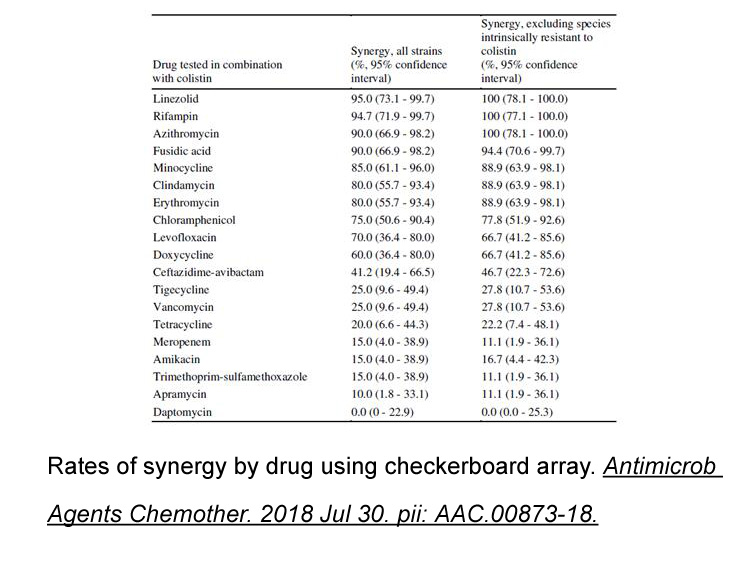
Aldehyde sensors to monitor substrate levels Previous efforts to ameliorate metabolic diseases frequently relied on biochemical methods which could measure the levels of toxic substrates in YM 58483 or bodily fluids (blood and serum or plasma, urine, cerebrospinal fluid). Therapeutic efforts to d
-
br Discussion AhR is a receptor that binds
2025-03-01
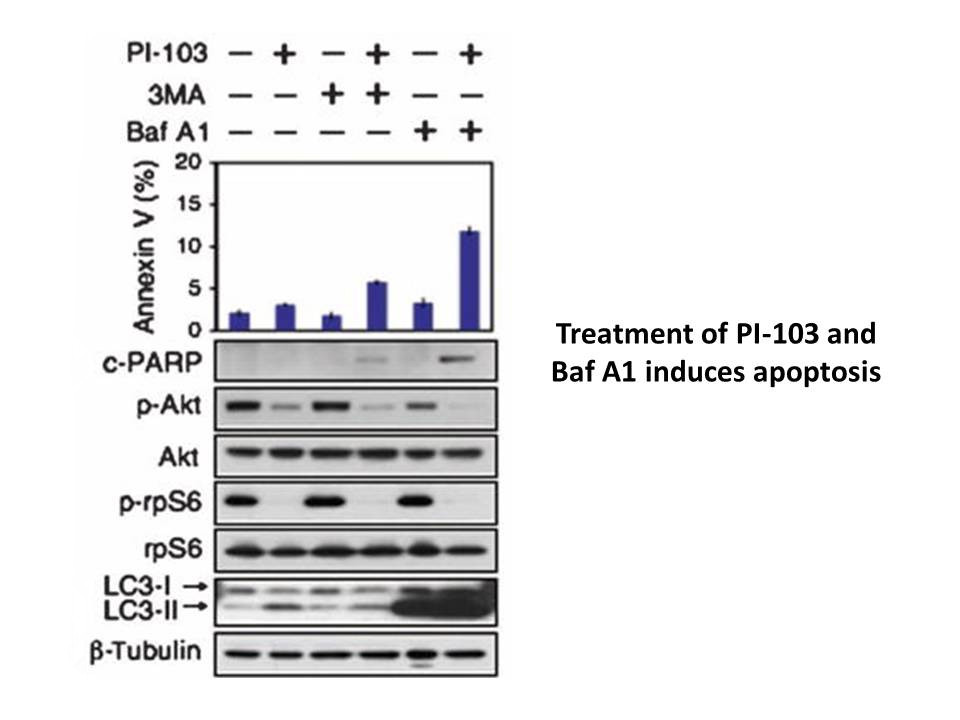
Discussion AhR is a receptor that binds to a great variety of lipophilic compounds, in particular those containing at least one aromatic ring (Abel and Haarmann-Stemmann, 2010, Guyot et al., 2013, Hahn, 2002). The main known function of this receptor is to induce the metabolism of these compounds
-
The numbers and types of molecules
2025-03-01
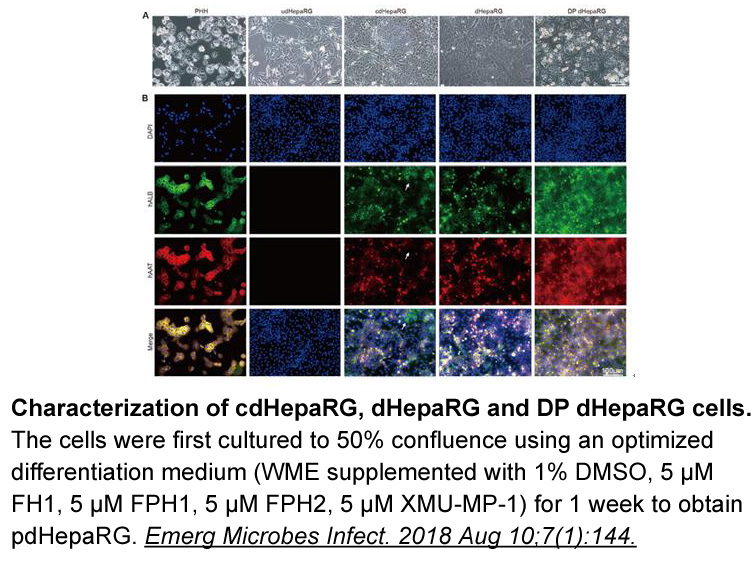
The numbers and types of molecules needing to be transported across membranes are very large, and there is a corresponding very large and diverse number of transporters expressed throughout the body. Hundreds of proteins that have been assigned as having transporter function are broadly divided into
-
Introduction Diabetic nephropathy is a rapidly growing cause
2025-03-01

Introduction Diabetic nephropathy is a rapidly growing cause of end-stage renal disease [1]. Glomerular, tubular and vascular toxicity resulting from hyperglycemia (glucotoxicity) have been evaluated extensively at the molecular level as contributing factors for diabetic nephropathy [[1], [2], [3]]
-
br Introduction Clinical manifestations of Alzheimer s disea
2025-03-01
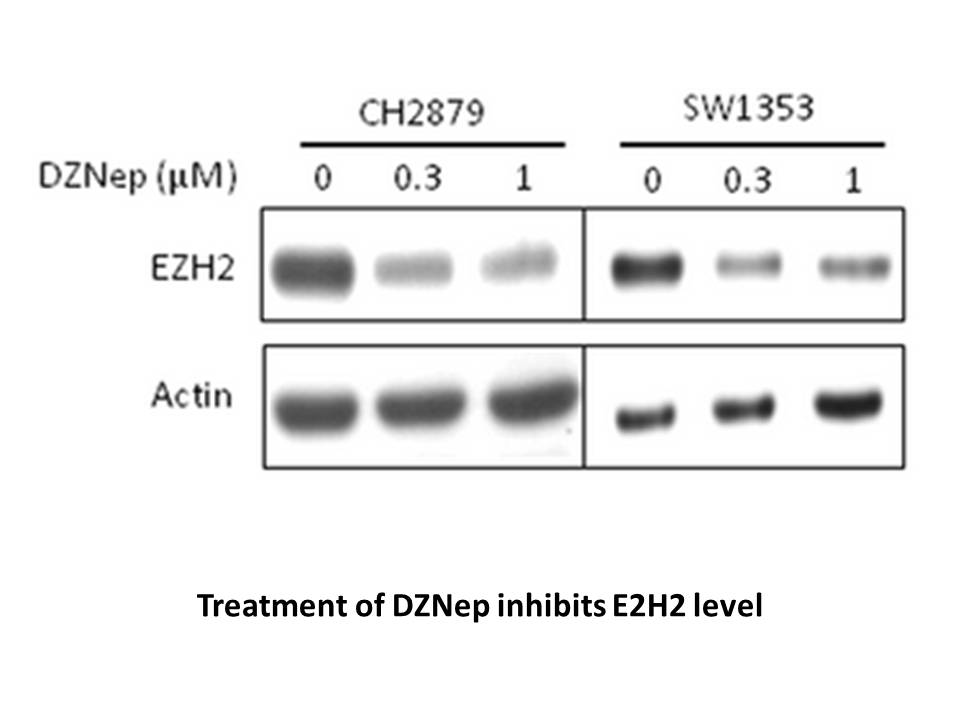
Introduction Clinical manifestations of Alzheimer's disease (AD) are mainly characterized by progressive intellectual deterioration, memory impairment, cognitive impairment, and psychiatric symptoms. The pathogenesis of AD remains unclear, mainly containing genetic factors, neurotransmitter disor
-
sVRPs were more sensitive to ABT than MSRs This result
2025-03-01
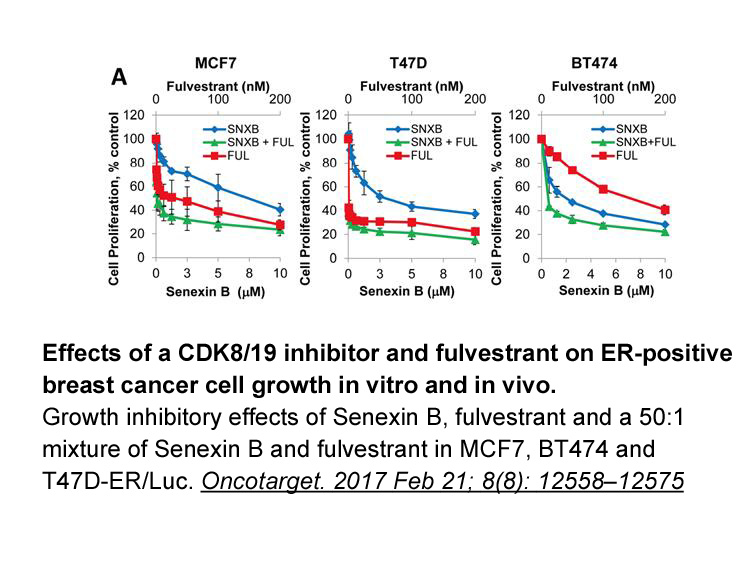
sVRPs were more sensitive to ABT-702 than MSRs. This result agrees with previous reports that the activation of A1 receptors more potently inhibits sVRPs than MSRs (Nakamura et al., 1997, Otsuguro et al., 2009). Importantly, sVRPs are thought to reflex C-fiber-evoked nociceptive transmission. Nocice
-
Ten strains of lactobacilli TMW isogenic
2025-03-01
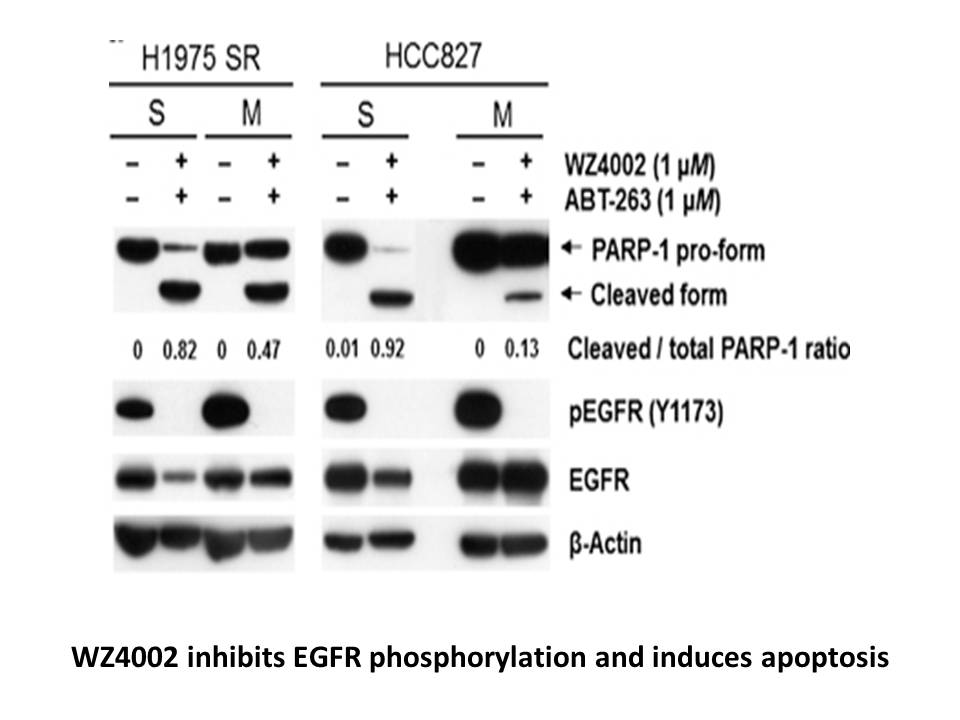
Ten strains of lactobacilli: TMW 1.1434 (isogenic with strain F19 ), TMW 1.1733 (isolated from fermented food), TMW 1.1628 (isolated from baby feces), TMW 1.1609 (isolated from baby feces), TMW 1.1734 (isolated from fermented food), TMW 1.313 (isolated from non-pasteurized Heineken beer), TMW
-
There has been growing interest over computational methods t
2025-03-01
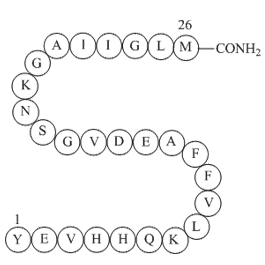
There has been growing interest over computational methods to predict the biological activity by chemical structure, so as to decide whether it Candesartan has objective qualities or not. In this contribution, the well-known method, which is called quantitative structure–activity relationship (QSAR
-
PND-1186 Pompe disease is accompanied by
2025-02-28
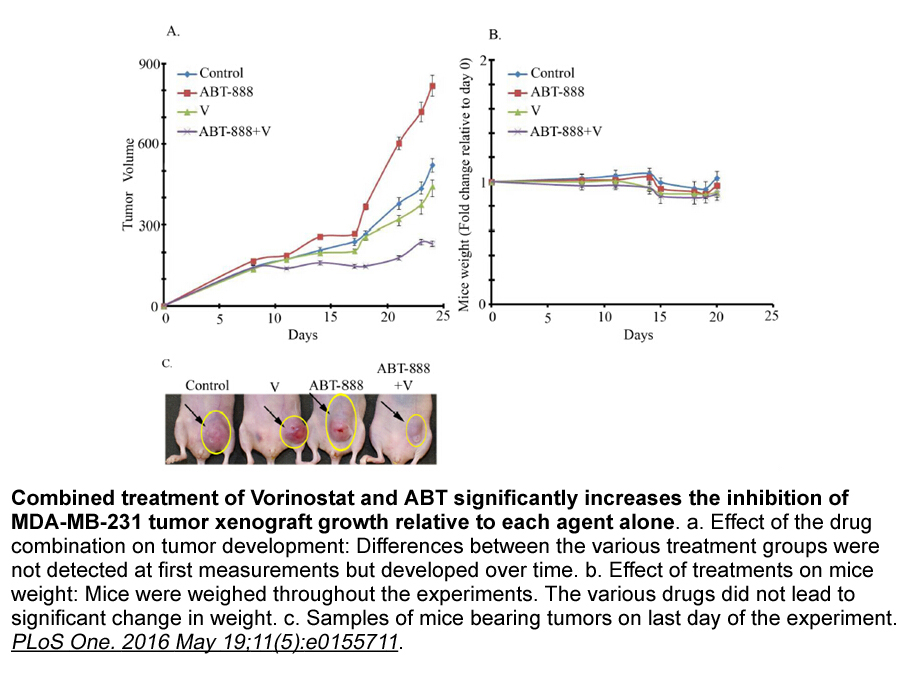
Pompe disease is accompanied by the deficiency of the lysosomal α-1,4-glucosidase that makes the PND-1186 unable to hydrolyze glycogen to glucose, thereby resulting in the accumulation of glycogen in lysosomes, especially in skeletal muscles and cardiac tissues. This accumulation results in the stru
-
Although CP has been an important research subject in
2025-02-28
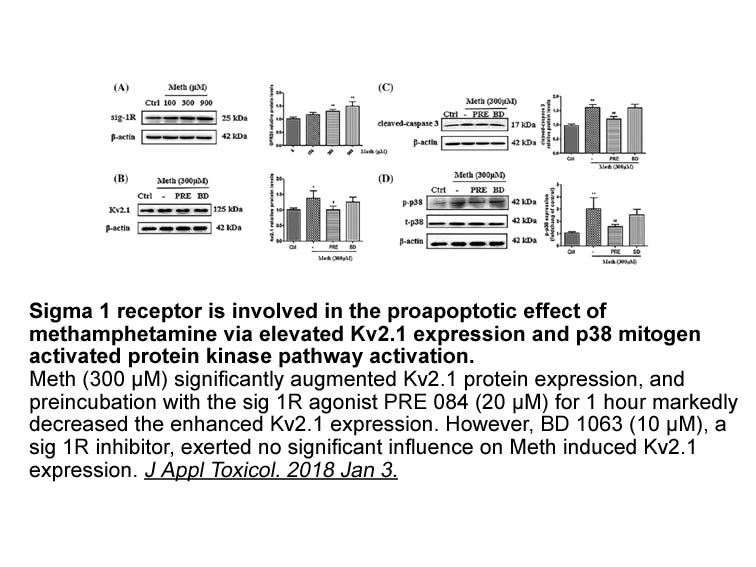
Although CP has been an important research subject in the field of antigen processing and presentation, the mechanisms of presentation of intracellular CGP 3466B maleate by MHC II received considerably less attention. Interestingly, pioneering work by the Münz laboratory has pointed to an involveme
-
Earlier studies showed that exposure of cells
2025-02-28
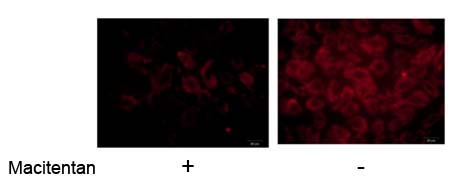
Earlier studies showed that exposure of cells to IR caused ATM-dependent phosphorylation of 53BP1, as judged by electrophoretic mobility shift [24], [25], [26]. To date, the only known in vivo 53BP1 phosphorylation site(s) are Ser25 and possibly Ser29 [27]. In the course of our studies, we noticed t
-
ATM is generally regarded to be the principal
2025-02-28

ATM is generally regarded to be the principal mediator of the G1 TAI-1 checkpoint, whereas the induction of the intra-S-phase and G2/M checkpoints are usually primarily related to ATR function. However, several studies have demonstrated that, depending on the cellular context and type of DNA damage
-
shows the complexes resulting from
2025-02-28

shows the complexes resulting from interaction of the proposed anion receptors with the anions F, Cl, NO, and SO. No imaginary frequency was observed for the optimized complexes indicating the complexes are in potential minima and they are not transition state structures. summarizes the calculated
-
br Material and methods br Results br
2025-02-28
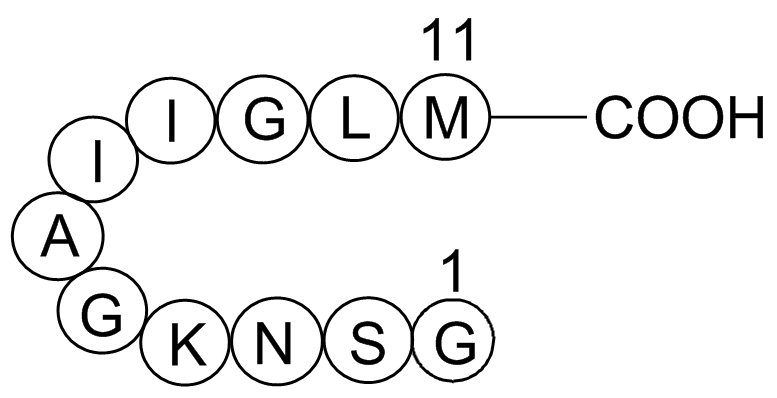
Material and methods Results Discussion This study explores the hypothesis that ASK1, via transcriptional upregulation by E2F1, molecularly defines AT that supports a dys-metabolic obese phenotype in humans. We demonstrate associations between increased visceral-AT ASK1 expression and multi
-
The use of FTAI can
2025-02-28

The use of FTAI can overcome the negative impact of low estrus detection efficiency, but implies effective synchrony of luteal function as well as synchronous growth and ovulation of a viable dna alkylation follicle. Pregnancy rates obtained with FTAI may be comparable or better than those obtained
14534 records 9/969 page Previous Next First page 上5页 678910 下5页 Last page